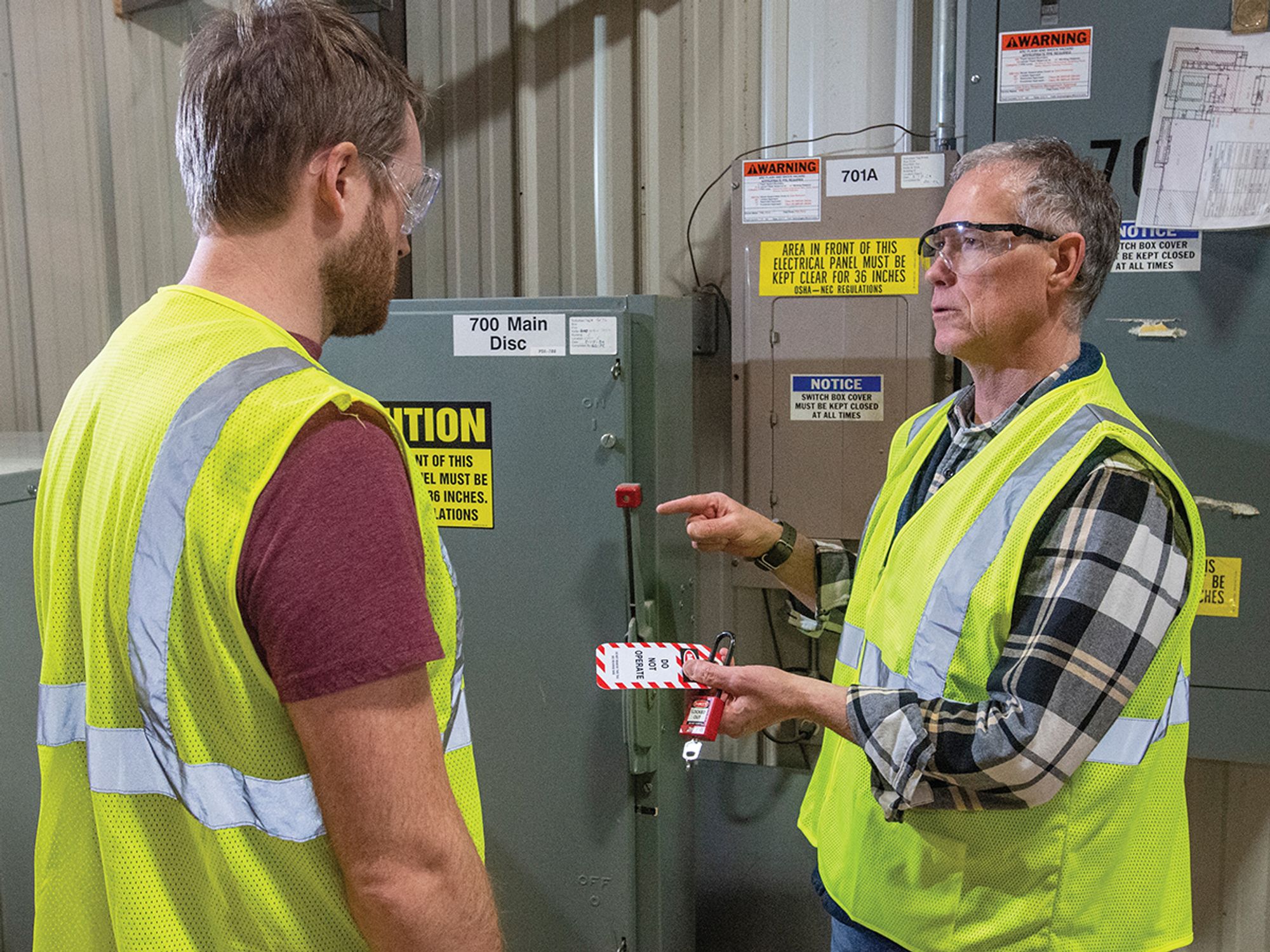Energy control procedures

Employers must develop, document, and use procedures to control potentially hazardous energy. The procedures explain what employees must know and do to control hazardous energy effectively when they service or maintain machinery. If this information is the same for the various machines used at a workplace, then a single energy-control procedure may suffice. For example, similar machines (those using the same type and magnitude of energy) that have the same or similar types of control measures can be covered by a single procedure. Employers must develop separate energy-control procedures if their workplaces have more variable conditions such as multiple energy sources, different power connections, or different control sequences that workers must follow to shut down various pieces of machinery.
The energy-control procedures must outline the scope, purpose, authorization, rules, and techniques that employees will use to control hazardous energy sources, as well as the means that will be used to enforce compliance. These procedures must provide employees at least the following information:
- A statement on how to use the procedures.
- Specific procedural steps to shut down, isolate, block, and secure machines.
- Specific steps designating the safe placement, removal, and transfer of lockout/tagout devices and identifying who has responsibility for the lockout/tagout devices.
- Specific requirements for testing machines to determine and verify the effectiveness of lockout devices, tagout devices, and other energy-control measures.
